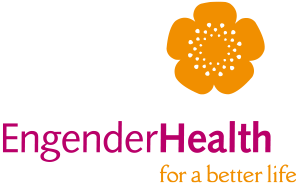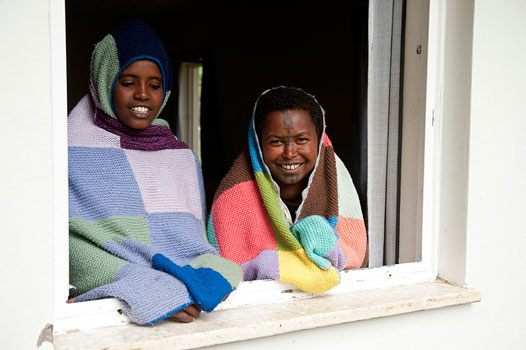Originally posted October 17, 2015 on The MHTF Blog.
The Global Maternal and Newborn Health Conference (GMNHC) is an exciting opportunity for all of us to share our experiences and interests across the three conference themes – integration, equity and quality of care. Considering the aims of the USAID-supported Fistula Care Plus Project, I especially hope that the conference will provide a forum for substantive progress in integration and equity.
First, integration is urgent in the prevention and management of maternal morbidity. For women in rural, poor and hard to reach areas, it is imperative that the value of each encounter with health services is maximized. For women who have experienced prolonged/obstructed labor (P/OL) and delivered in a facility, the postpartum period is a crucial opportunity to prevent, screen for and treat multiple serious problems, including both obstetric fistula and sepsis. I hope that GMNHC allows those of us working separately on specific maternal morbidities to have the opportunity to come together to consider integrated packages of guidelines, job aids and other tools to help health providers deliver the best care possible to women who have experienced P/OL.
Similarly, women in resource-poor settings are also vulnerable to severe quality of life impact from other morbidities associated with childbirth, such as pelvic organ prolapse (POP). While POP can be readily evaluated and treated in high-resource settings, in poorer settings women may live for many years with serious, untreated POP, with tremendous consequences for their health, wellbeing and social role. The GMNHC is a unique opportunity for providers and programmers to strategize about health service platforms that can address these morbidities comprehensively, making the most of precious and limited resources such as operating theaters and skilled surgeons.
Such integration for comprehensive care is also an opportunity to promote equity in maternal health services. FC+ recently surveyed surgeons from health facilities where we support fistula repair about their interest in integrating fistula and POP services. Respondents identified important challenges in integration, including ensuring that women with fistula, who tend to be the most poor and vulnerable, are not “crowded out” in the delivery of integrated care. However, there was almost universal expression of interest in and capacity to integrate these services. As one surgeon from Nigeria eloquently observed, such integration will enable the provision of “total motherhood care [with] no more discrimination.”
I will keep that surgeon’s vision of “total motherhood care” in mind at GMNHC. At the conference, I hope that colleagues from all corners of the maternal health community will think creatively about opportunities to increase integration and equity in services to prevent and treat maternal morbidities – whether through joint community outreach and mobilization, collaborative provider training or the actual co-location of clinical services.
Photo: “Africa Partnerships Hamlin Fistula 5” © 2009 Lucy Perry/Hamlin Fistula Relief and Aid Fund Australia, used under a Creative Commons Attribution license: http://creativecommons.org/licenses/by/2.0/



